
RC, RL and RLC Circuit Basic Principle and Circuit Explanations
Basic Principle of RC/RL and RLC circuits: Before we start with each topic let us understand how a Resistor, Capacitor and an Inductor behave in an electronic circuit. For the purpose of understanding let us consider a simple circuit consisting of a capacitor and resistor in series with a power supply (5V). In this case when the power supply is.

SOLUTION Rl rc rlc circuits Studypool
When X L > X C, the phase angle φ is positive. In this case, RLC series circuit behaves as an RL series circuit. The circuit current lags behind the applied voltage and power factor is lagging. In this case, i = Im sin (ωt - φ). When X L < X C, the phase angle φ is negative. In this case, the RLC series circuit behaves as an RC series.
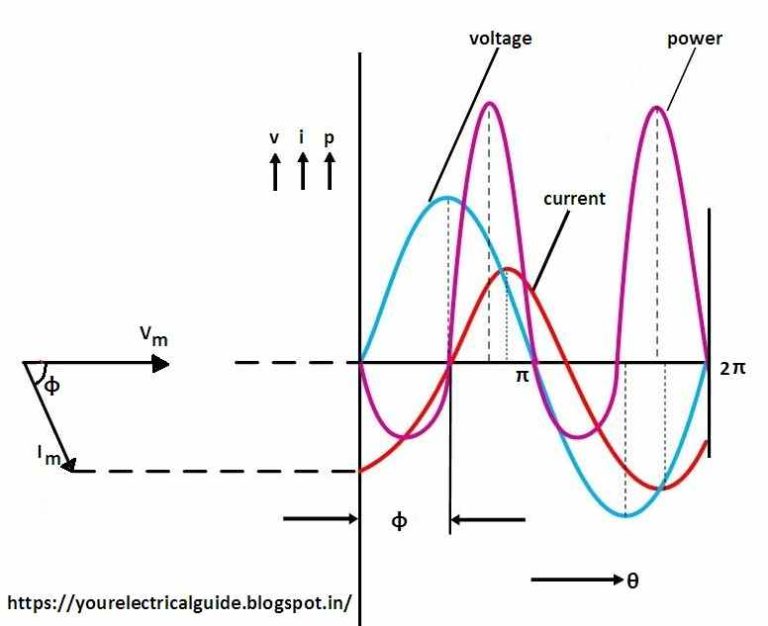
RC RLC RL Series Circuits Your Electrical Guide
Fig. 8.21 (a) A voltage-step function is shown as the source driving a general network. (a) A voltage-step forcing function is shown as the source driving a general network. (b) A simple circuit which, although not the exact equivalent of part (a), may be used as its equivalent in many cases. (c) An exact equivalent of part (a).

EE269 RC, RL and RLC Circuits Part 1 EE269 Lab 2 (RC, RL, RLC Circuits) Part 1 This part
The Series RLC Circuit Impulse response of RC Circuit. Let's examine the response of the circuit shown on Figure 1. The form of the source voltage Vs is shown on Figure 2. Vs R C vc +-Figure 1. RC circuit t Vp 0 tp Vs Figure 2. We will investigate the response vc(t) as a function of the τp and Vp. The general response is given by: () 1 0 t.

Discharging Capacitor Rlc Circuit
A circuit with resistance and self-inductance is known as an RL circuit. Figure 14.5.1a 14.5. 1 a shows an RL circuit consisting of a resistor, an inductor, a constant source of emf, and switches S1 S 1 and S2 S 2. When S1 S 1 is closed, the circuit is equivalent to a single-loop circuit consisting of a resistor and an inductor connected across.

Inductors In Series And Parallel Pdf
The transient response of RL circuits is nearly the mirror image of that for RC circuits. To appreciate this, consider the circuit of Figure 9.5.1 . Figure 9.5.1 : RL circuit for transient response analysis. Again, the key to this analysis is to remember that inductor current cannot change instantaneously.
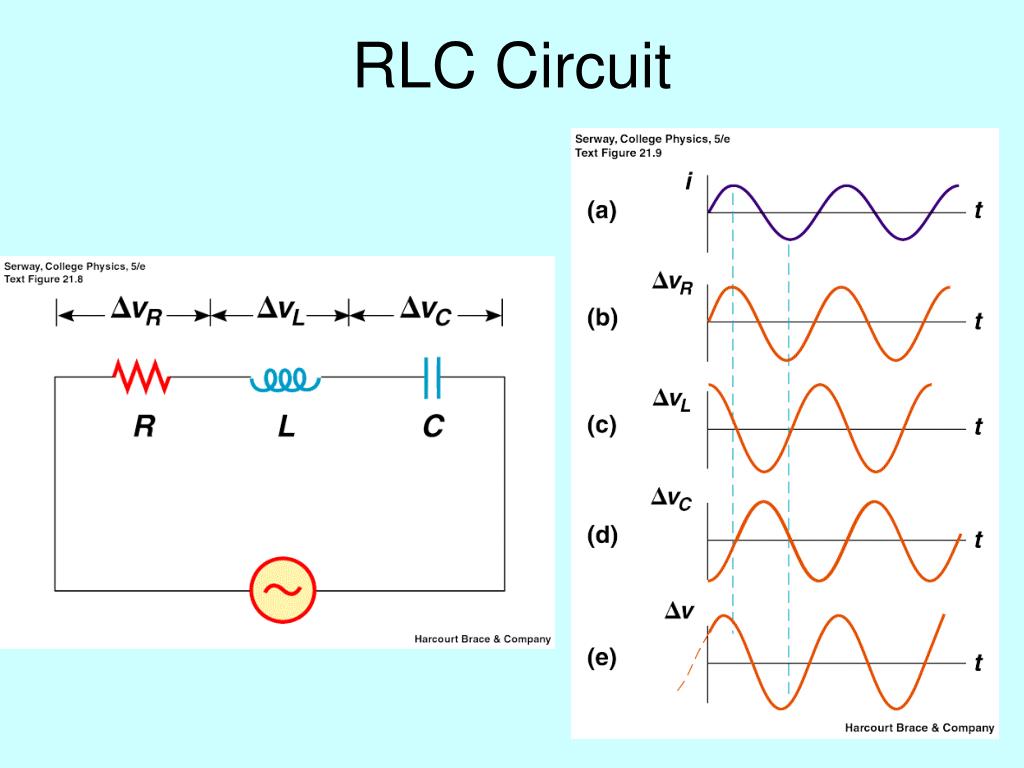
impedance of parallel rlc circuit
Goal: Measure the time constant of an RC and an RL circuit, compare to the theoretical calculations. Use the schematics of figure 2 and 3 as your circuits. Figure 3: R-L circuit driven by an ideal step Voltage source. V IN can undergo a step change from zero to V IN or from V IN to zero Procedure: a.
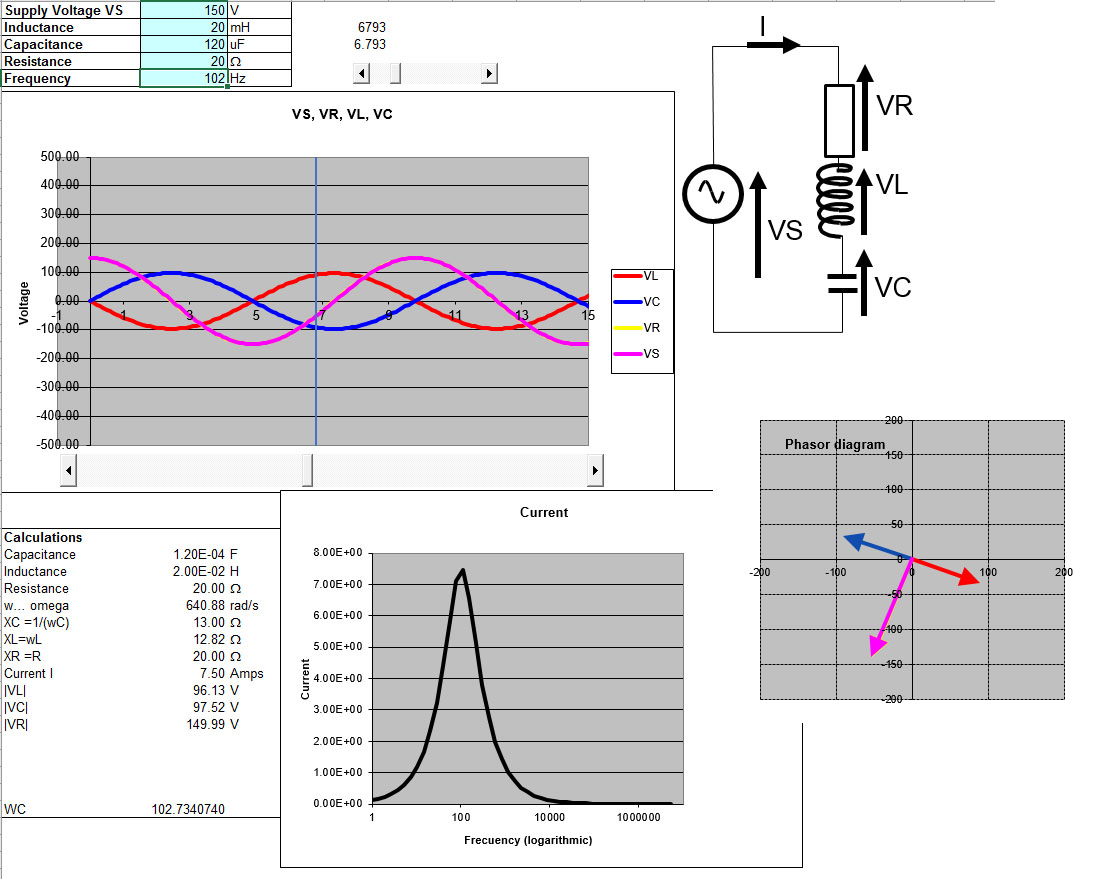
AllSingingAllDancing RLC circuit Engineering Teaching
Time Constant τ "Tau" Equations for RC, RL and RLC Circuits. Time constant also known as tau represented by the symbol of " τ" is a constant parameter of any capacitive or inductive circuit. It differs from circuit to circuit and also used in different equations. The time constant for some of these circuits are given below:

RLC Circuits (13 of 19) Summary of RLC Circuit Analysis YouTube
Series RLC Circuit Example No1. A series RLC circuit containing a resistance of 12Ω, an inductance of 0.15H and a capacitor of 100uF are connected in series across a 100V, 50Hz supply. Calculate the total circuit impedance, the circuits current, power factor and draw the voltage phasor diagram. Inductive Reactance, XL. Capacitive Reactance, XC.

Time Constant τ “Tau” Formulas for RC, RL & RLC Circuits Time constant, Circuit, Electronic
Two-element circuits and uncoupled RLC resonators. RLC resonators typically consist of a resistor R, inductor L, and capacitor C connected in series or parallel, as illustrated in Figure 3.5.1. RLC resonators are of interest because they behave much like other electromagnetic systems that store both electric and magnetic energy, which slowly.

ANALYSIS OF RL, RC & RLC CIRCUIT YouTube
RC, RL, and RLC Circuits 5 Procedure • Measure the half-life, T 1/2 and from this compute the time constant τ using Equation 3. • Compute the value of RC from component values. Note that, as described above, the square-wave generator has an internal resistance of 50 Ω. Thus
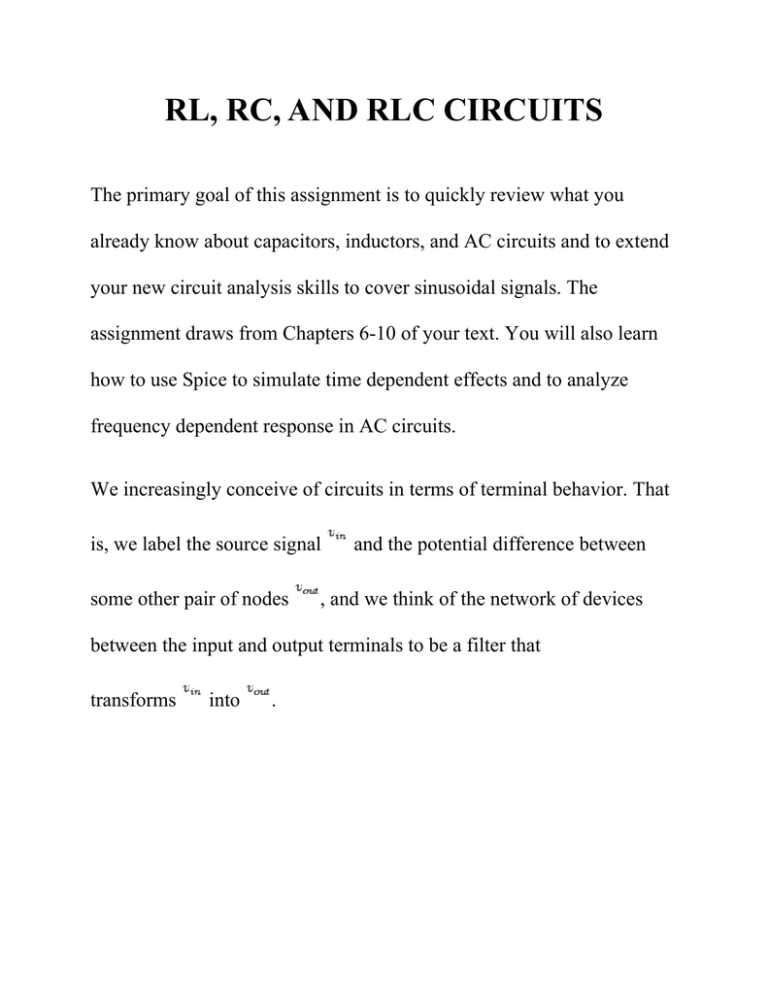
RL, RC, AND RLC CIRCUITS
Figure 3.6.1 3.6. 1: Series RLC Circuit. We will assume that the voltage source is an audio oscillator that produces the voltage. V(t) = A cos(ωt +φ) V ( t) = A cos ( ω t + φ) We represent this voltage as the complex signal. V(t) ↔ Aejφejωt V ( t) ↔ A e j φ e j ω t. and give it the phasor representation.

Image result for rl circuit formula
7.1: Introduction to RL and RC Circuits - Engineering LibreTexts. search Search. build_circle Toolbar. fact_check Homework. cancel Exit Reader Mode. school Campus Bookshelves. menu_book Bookshelves. perm_media Learning Objects. login Login.
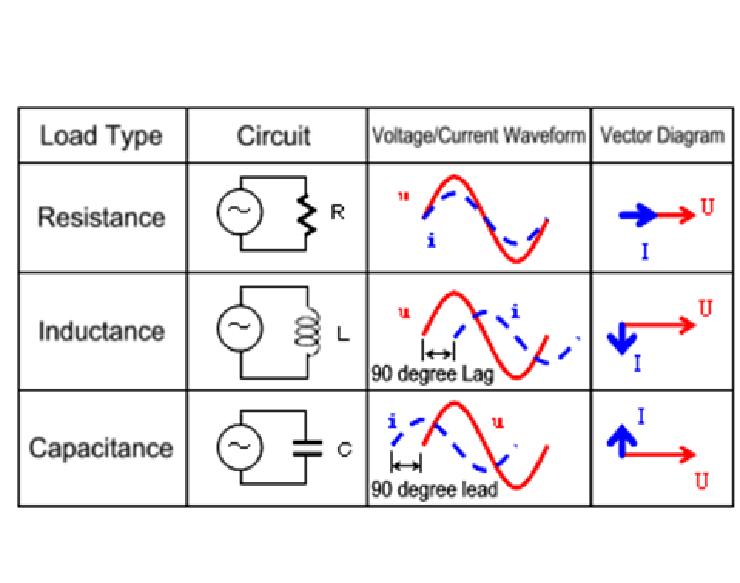
Offset problem in simulating current and voltage phase relation of parallel rlc circuit, Is it a
An RLC circuit is an electrical circuit consisting of a resistor (R), an inductor (L), and a capacitor (C), connected in series or in parallel. The name of the circuit is derived from the letters that are used to denote the constituent components of this circuit, where the sequence of the components may vary from RLC.. RC circuit; RL circuit.

montage rlc Aep22
Learning Objectives. After completing this chapter, you should be able to: Identify series-only and parallel-only sub-groups in series-parallel RLC networks. Compute complex equivalent impedance for series-parallel RLC circuits. Simplify an entire RLC network into a simple series or parallel equivalent comprised of complex impedances.
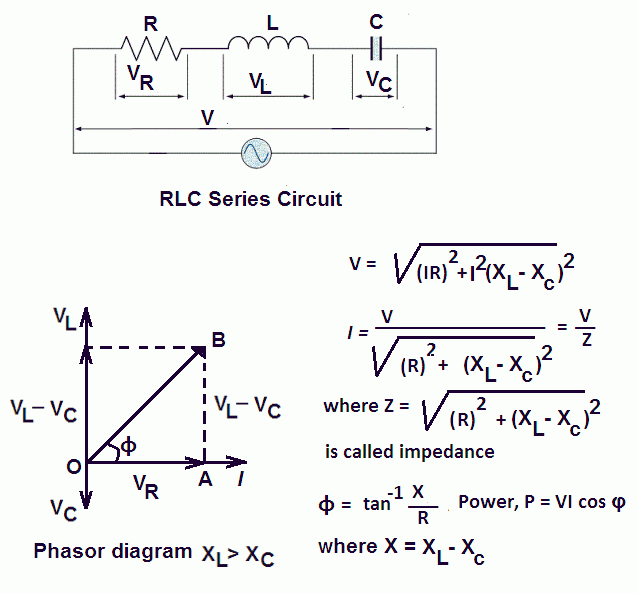
What Is The Power Factor Of Rl Circuit Wiring Diagram
The RLC circuit analyzed here is the parallel form. The solution to the natural response emerges from this long analysis. The answer is not a simple single exponential equation like we get for RC, but rather a choice of three different responses ("variations") depending on the value of R, L , and C.